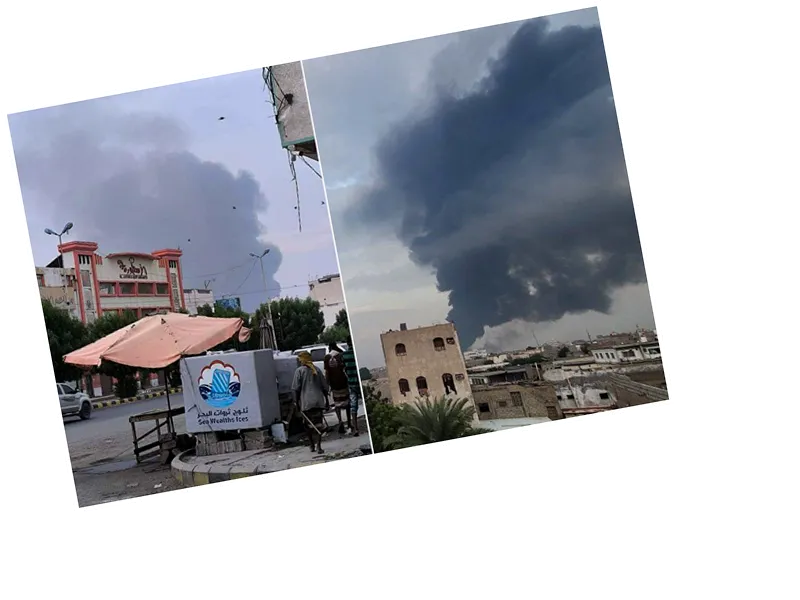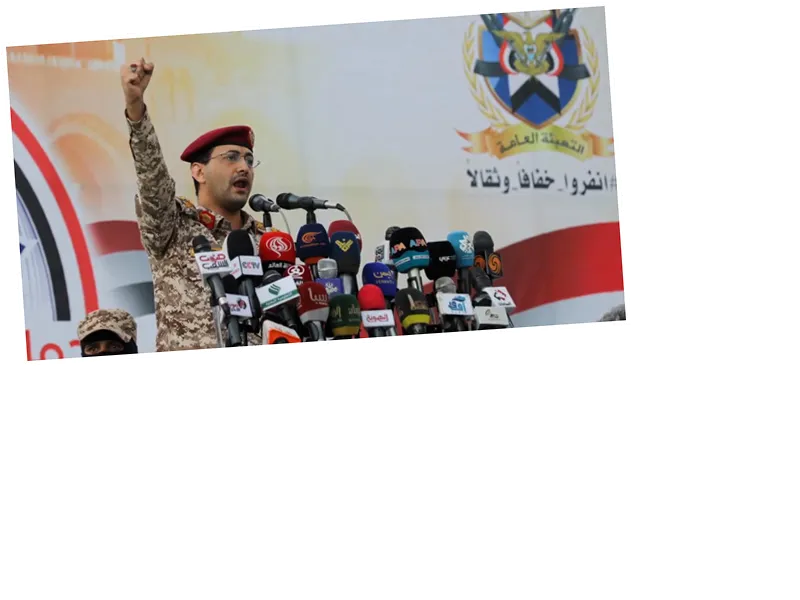The ongoing financial crisis in Yemen highlights the dire economic conditions faced by the country, compounded by political instability and conflict.
The division of the central banking system between Aden and Sana’a reflects a broader fragmentation in Yemen's governance, which hampers effective economic management.
If the financial crisis persists, further deterioration of public services and living conditions in Yemen can be expected.
The ongoing conflict and lack of unified economic policy may lead to increased humanitarian needs and international intervention.
The Yemeni government is facing an unprecedented financial crisis, leading to the riyal's historic low of 2,040 against the dollar. This crisis has resulted in a two-month delay in employee salary payments and a significant reduction in electricity supply, with residents experiencing up to 16 hours of outages daily.
A senior official from Yemen's central bank confirmed that state revenues are at their lowest, exacerbated by a deficit in the balance of payments. The situation has worsened since Houthi drone attacks targeted oil tankers, disrupting fuel exports.
Yemen's monetary system is divided, with two central banks: one in Aden, recognized internationally, and another in Sana’a controlled by the Houthis. This division complicates financial operations and contributes to the ongoing economic turmoil.





